Automated lighting explained – a guide to smart lights at home
Want to transform your room from home office by day, to home disco by night? With automated lighting, all it takes is a click

Automated lighting offers the most convenient way to control the brightness and mood of your home. Layering smart lighting treatments can do wonders for wellbeing, while adding style to home décor by illuminating key features.
Be it ambient, accent or task lighting, the smartest automated home solutions can instantly change the atmosphere and purpose of a room. A statement pendant will not only add the wow-factor to the open-plan kitchen area by day, but it will help to create the perfect setting for intimate dining by night, for example.
Likewise, task lighting over the bed can create the ideal place to relax with your favourite book after a long day. Then, focused on the dressing table, it provides the optimum conditions for putting on make-up.
If it can all be controlled remotely via one central hub, control system or app – or using your voice – then even better. You can see why we're so drawn to the best smart light bulbs.
‘Smart lighting is an advanced way to light the home,’ says Giuliano Ghidini, commercial leader at Signify UKI. ‘Imagine being able to turn off all your lights with one switch. Or how convenient it would be to transform an entire room from study to home cinema with a single tap on an app on your smartphone.'
'The right light setting can help you concentrate or relax after a tough day. Or with simple integration with Spotify you can turn the room into a party space.’
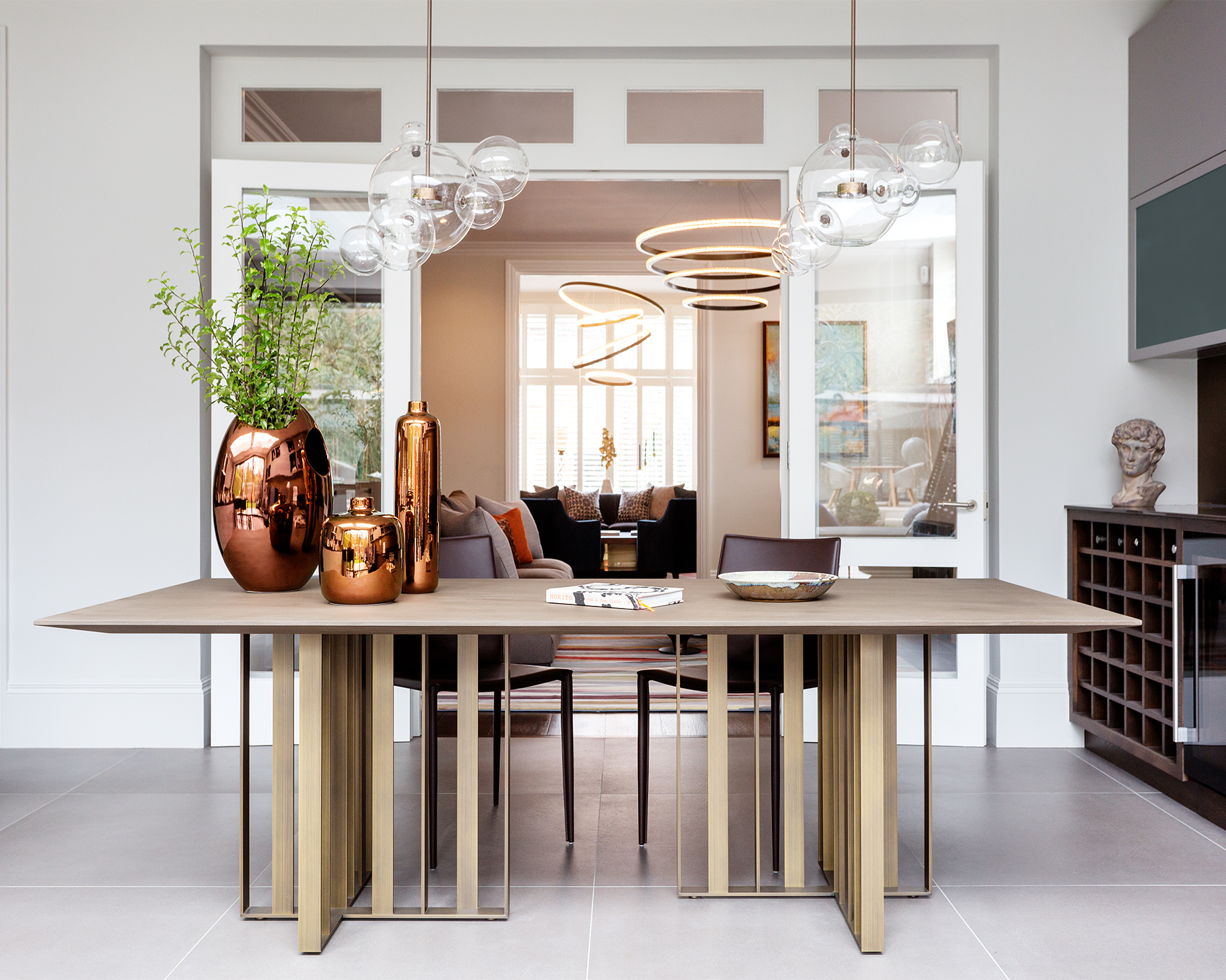
Automated lighting explained
What are the different types of smart lighting?
There are a number of ways to add clever, smart lighting to your home. Having a smart lighting control allows you to take advantage of smart lighting scheduling, turning lights on or off at specific times of the day to make it look like you’re home even when you’re not.
The Livingetc newsletters are your inside source for what’s shaping interiors now - and what’s next. Discover trend forecasts, smart style ideas, and curated shopping inspiration that brings design to life. Subscribe today and stay ahead of the curve.
1. Standalone smart lightbulbs
If you're new to smart lighting, the best place to start is with a smart lightbulb. Available for both screw and bayonet light fittings, these simply replace any regular lightbulbs, so they are super-simple to introduce.
Wireless smart bulbs work off your WiFi or over Bluetooth and can be controlled via an app on your smartphone or via a voice assistant such as Amazon Alexa.
These can be added to over time, so you can grow your network of smart lighting features at home. Philips, Tapo and 4Lite are just some of the brands offering smart lightbulbs that are easy to fit.
2. A network of smart lightbulbs and smart plugs
The second option is to take smart lightbulbs a step further, and have more of them, all controlled by one app. Some systems will also have smart plugs that work on the same system. These can be used with lamps, so you can turn them on and off from your phone as required.
‘Smart lighting control starts with simple off-the-shelf products offering more flexibility on a budget,’ says lighting designer Katie Older.
‘With products such as a smart plug, smart bulb, hub and free downloadable app anyone can create a simple dimmable lighting scene with remote on/off control.
'Brands such as Signify, TP-Link and 4Lite are affordable, operate on the home WiFi and are widely available instore and online. Products like these are customisable and you can add to it as your budget grows.’
3. Custom-installed smart lighting systems
You can also choose a bespoke lighting system fitted by a professional. This can feature a range of lighting options and allows you to set customised ‘scenes’ across your home, which can all be controlled via a central remote, app or with voice control, and integrated with other smart-home technology solutions such as Ring or Sonos.
With a system that works off a central hub – like Lutron’s RA2 Select - you can enjoy all these features without relying on your WiFi – keeping the lights on even when the internet drops out.
‘A great time to reconsider your lighting is during building work,' adds Katie Older. Wiring downlights, LED tape, wall lights and 5amp sockets on separate circuits allows you to dim at varying levels to suit cooking, homework at the dining table or a cosy evening scene.
A professional can advise on the appropriate system – as they varying in price and capability – then install and commission your lighting scenes. Each control system has its own app so when you are confident you can create your own scenes.’
‘That said if you choose a wireless Lutron control system it won’t be as disruptive to install as a wired-in system, and it can work with your existing lighting.'

What are the benefits of smart lighting?
Switching to smart lighting isn’t just about aesthetics and home style. There are other less-obvious advantages including energy saving features and home security.
1. Smart bulbs save energy
Smart LED bulbs last much longer and generate less heat than incandescent or CFL light bulbs, so use less energy,' says Giuliano Ghidini. 'LED lighting saves up to 90% energy compared to a traditional bulb.'
'What’s more, smart lighting allows for automation and can be configured individually or as a group. This mean you only need to use the lights you need.'
2. Smart lights are great for home security
If you're thinking about securing a home, smart lighting can play a fundamental role that shouldn't be underestimated.
'Smart lighting solutions can set lights to turn on when motion is detected outside, have front door and entry lights turn on when someone rings a smart doorbell, or welcome guests with just the right light as they approach the front door,' says Steve Detmer, residential product manager at Lutron Electronics.
'You can also set timers so you have lights come on at specific times of the day so it looks like you’re home when you’re not.'
3. It's easy to create a mood with smart lighting
Back in the day, 'changing the color' of your lighting meant throwing a silk scarf over the nearest lampshade. But with smart lightbulbs, you can change the hue subtly and instantly within an app or using your voice.
This isn't just a fun feature for a kids party – it can have holistic benefits, too. Switching a light from cold white to warm white can cosy things up on a dark, rainy day. Or choosing a soothing blue light can help you de-stress faster after a trying day at work.
4. You don't have to get up to turn the light off
Tucked up in bed ready for sleep? There's no need to get up to turn the 'big light' off. Just ask Alexa or Google or Siri to do it for you.
Or set a timer so the light goes out automatically, signalling that it really is time you put that book down and get some sleep.
It's a trick that works just as well when you're setting up a living room for movie night, or in a kids' room.
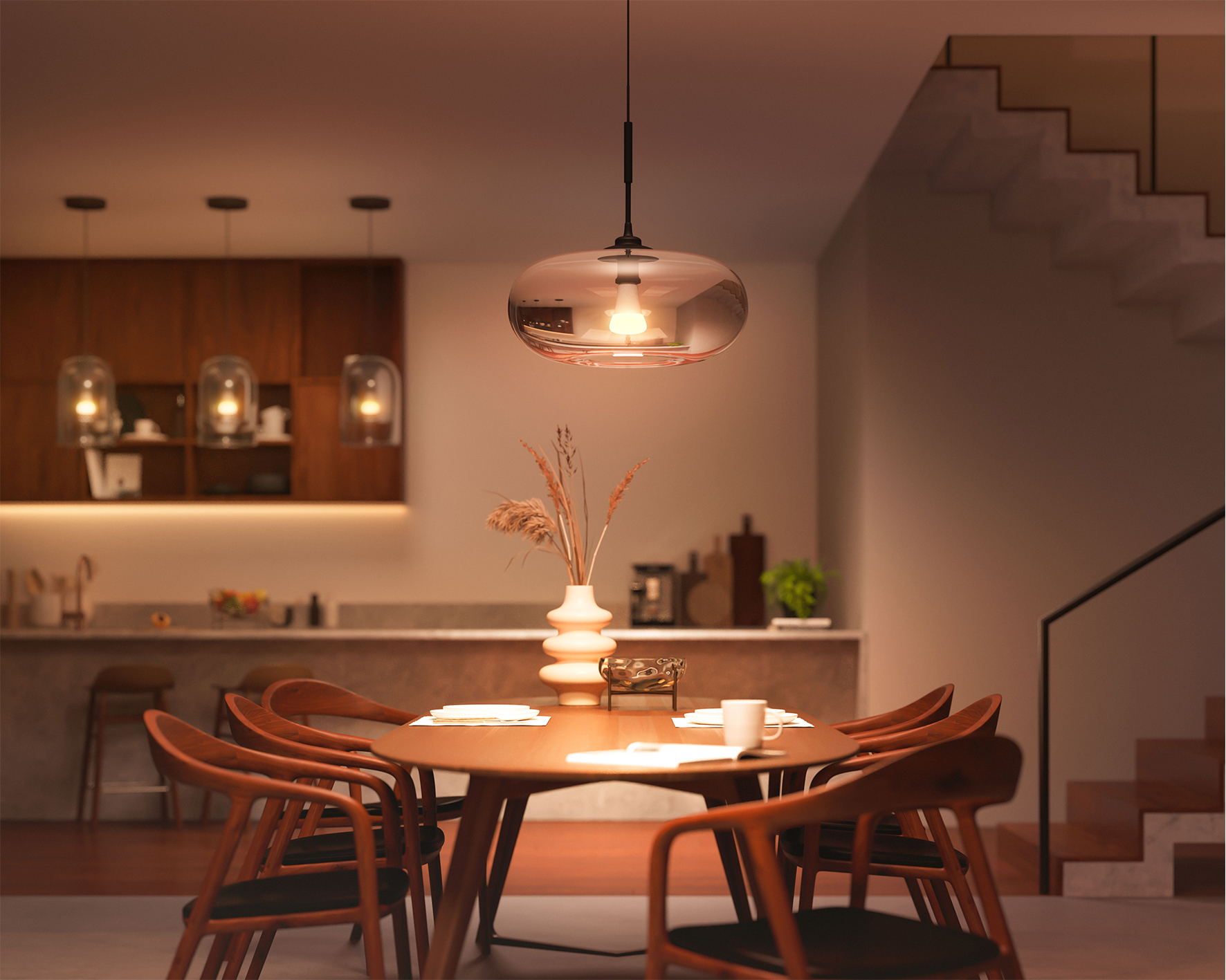
How does smart lighting work with other home gadgets?
When choosing technology such as smart lighting, it’s important to think about how they will work as part of your connected home. Future proofing your home by choosing a product that will stand the test of time is key.
‘The growth of inexpensive voice assistants has been one of the greatest technological advances of the decade,’ says Steve Detmer. ‘Products from Apple, Amazon or Google, each with their own unique benefits, are now very popular at home. With just a tap of an app, or a simple command, these assistants can turn on lights, close blinds and even alert you when someone is at your door.’
When choosing technology for your home, Detmer stresses the importance of interoperability, which is the ability for your gadget to communicate with other products in your home.
‘Multiple options for home assistants can be intimidating – what if the next must-have feature means you need to swap? How much extra will it cost? It’s important to choose solutions that can integrate with all the major ecosystems and be free from forced loyalties, which can trap you into only using one brand.'
'Lutron’s RA2 Select is a convenient option as it integrates easily with SONOS speakers, Google, Apple and Amazon voice assistants as well as Ring doorbells, for example.’
As well as your gadgets, interoperability also applies to other lighting products, like shades and blinds.
‘To create a truly perfect smart lighting experience, it’s important to consider the role that natural light has to play in the room,’ he says. ‘With whole-room, or even whole-home smart control systems, your lights and blinds can work in harmony from the same app, remote or wall plate.'
'Lutron’s smart blinds work with the RA2 Select control system and the Natural Light Optimisation feature means you automatically have the perfect light, for example.’

How to set scenes and control lighting ‘zones’ with smart lighting
Whether you jump out of bed with the early morning sun or prefer to stay up late and practise sun salutations at the moon, lighting plays such an important part in our wellbeing.
Being able to control the lighting ‘zones’ in a room so you have lighting set up for a range of tasks and moods – as opposed to having one bright light shining all evening – is key.
‘Something that was no doubt proved by the pandemic is that room functionality can change faster than our taste,’ says Steve Detmer. ‘A dining room can quickly become an office and then a personal gym in the space of a few hours.
‘Lighting has an instant and dramatic effect on our mood that it must be able to suit the space. Having a customisable system that includes a couple of different schemes within one space can singlehandedly change the perceived use of a space. Having automated, pre-set scenes means you can become extremely versatile within the same space, with minimal effort required.’
Having a separate remote that controls your lighting, also makes it easy for other visitors. ‘If you have a remote to control the lighting as well as your smartphone app makes it easier for visitors – such as the babysitter or a visiting relative – to enjoy the same flexible lighting control.’
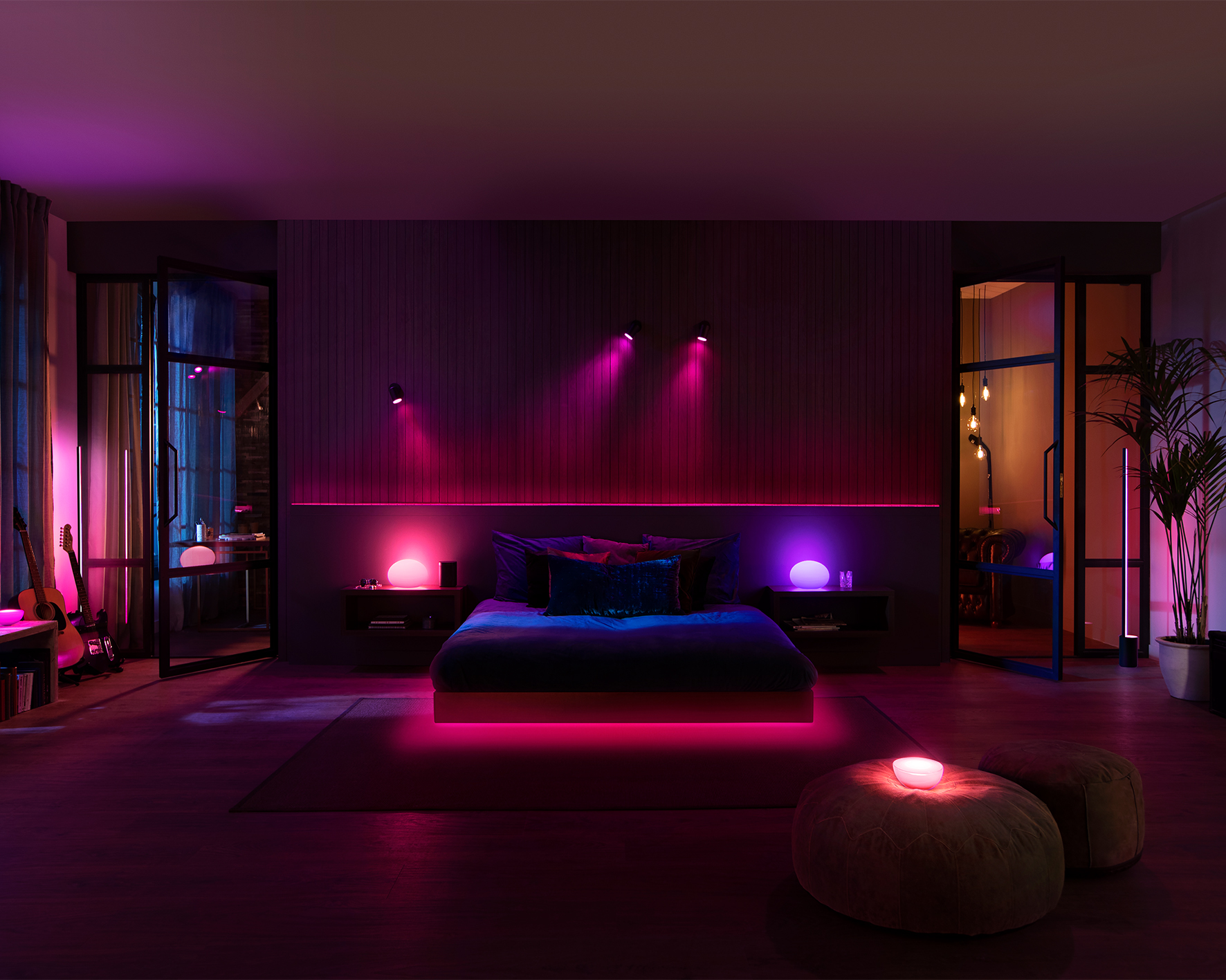
How to layer your smart lighting
Lights aren’t simply functional – they’re a chance to make a statement. ‘An exquisite pendant or hand-crafted wall light can elevate your interior and become a talking point of its own,’ says Caroline Milns, interior designer at Zulufish.
‘Using multiple sources of light creates maximum effect in a space. For example, ambient lighting can be combined with task lighting to provide shadow-free working areas, while accent lighting adds drama and interest, and decorative lighting injects flair and personality.
‘Layering your lighting simply means stepping beyond the basic overhead general light and thoughtfully arranging different styles of lighting to create a cohesive, functional and a richer home environment.’
A few of our favourite options include:
1. The colourful Philips Hue Play Gradient Light Strips is ideal for a TV room. You can attach these to the back of your 55, 65 or 75-inch wall-mounted or free-standing TV and the multiple colors of light will react to the content on your screen for a more immersive experience. You will need a Philips Hue HDMI Sync Box in order to sync the lighting to what’s being displayed on the TV too.
2. In the living room you could opt for something such as Philips Hue Iris Limited Edition Lamp, which washes a wall with any color of your choice for a unique effect.
3. Philips has also partnered with Spotify so you can turn your home office into a home disco and intertwine music with lighting. For this you will need Philips Hue colour compatible lights, a Hue-bridge, any audio device and a Spotify account.

What's the best way to light my kitchen with smart lighting?
‘Clever lighting can completely change and transform a space and it’s a crucial element when designing right from the ground up,' says interior designer Nick Snow.
'It’s important to incorporate light and shade elements with ambient lighting to make a space feel dramatic whilst drawing the eye up to give the illusion of space. But also provide an atmospheric and cosy area in the evening.’
'The best kitchen lighting ideas balance these two aims perfectly to create the ideal blend. In this kitchen we used task pendant lights to add a stylish and contemporary element to the design, whilst drawing in some much needed light to a previously dark area.'
'To draw the light to the farthest corners of the kitchen we also added LED linear strips to the top and bottom of the cupboards again to add a touch of elegance and fully draw the lighting around the room.’
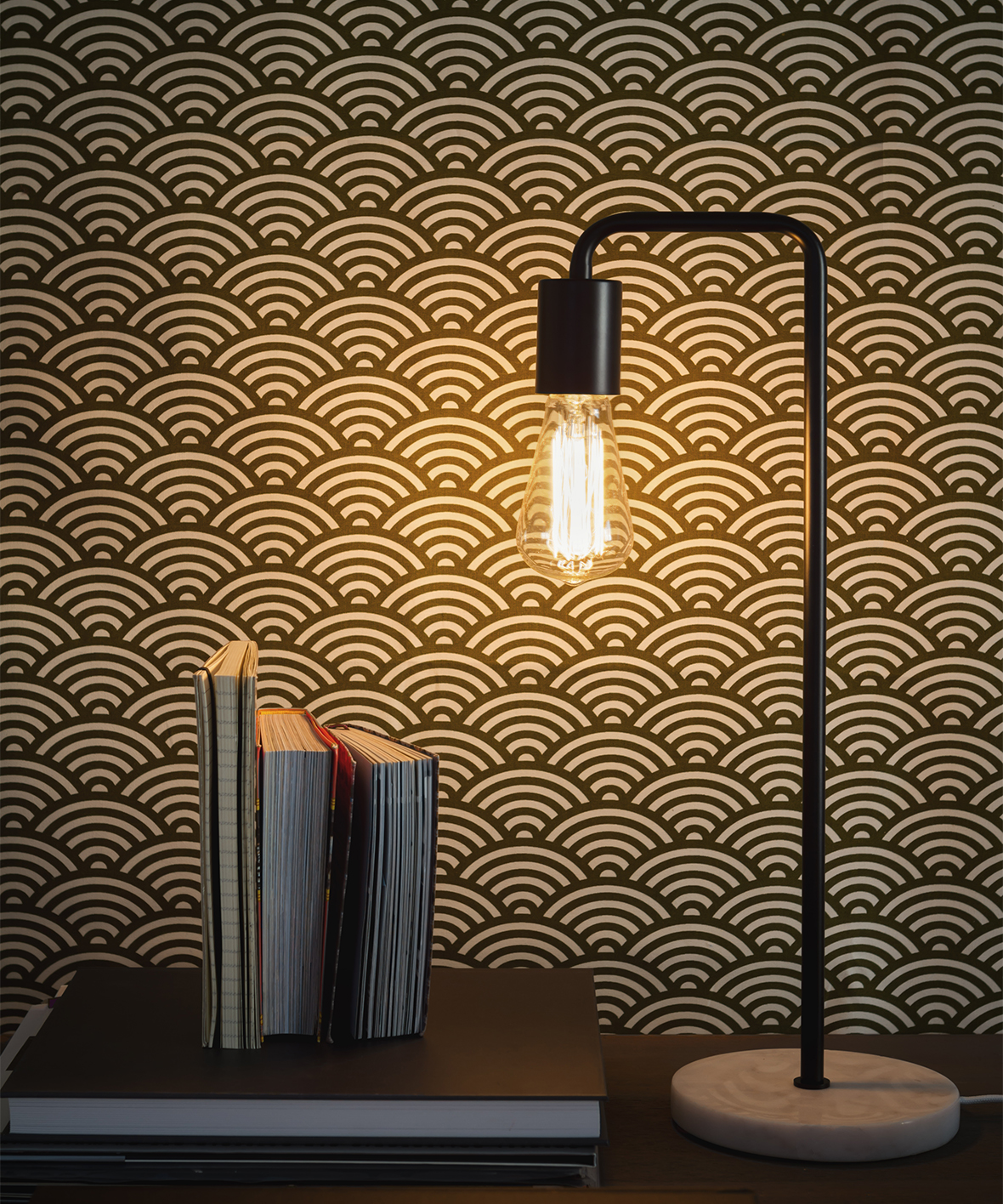
Can I buy vintage-style smart lighting?
If you’re looking for the convenience and connectivity of smart lighting with classic, vintage style you can buy filament-style smart bulbs. A smart LED bulb that mimics the appearance of a filament bulb – such as the 4Lite LED Smart ST64 Filament Bulb in Amber is an attractive solution.
These vintage smart bulbs can be brightened, dimmed and tuned via a smartphone app or voice-controlled smart devices such as Google, Alexa, Siri, Samsung Smart Things.
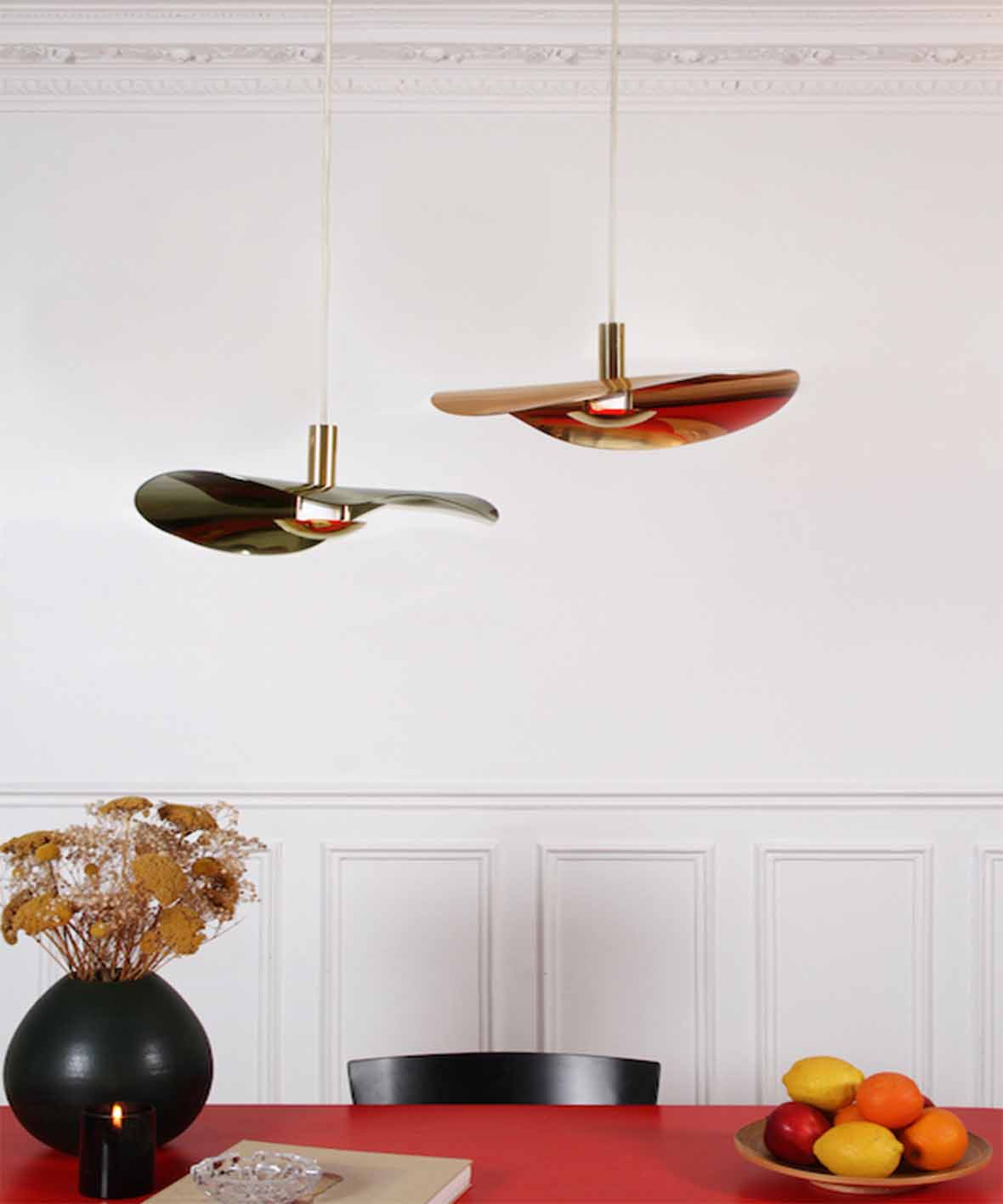

One of the UK's most respected tech and smart homes writers, Emily Peck also covers everything from interiors style to decorating trends. She is a contributor to Wired UK, and has also had a column in House Beautiful. She has written for publications such as Grand Designs, Stylist, Shortlist, Woman&Home, BBC, Ideal Home and House & Garden. She was once the Features Editor of Ideal Home.